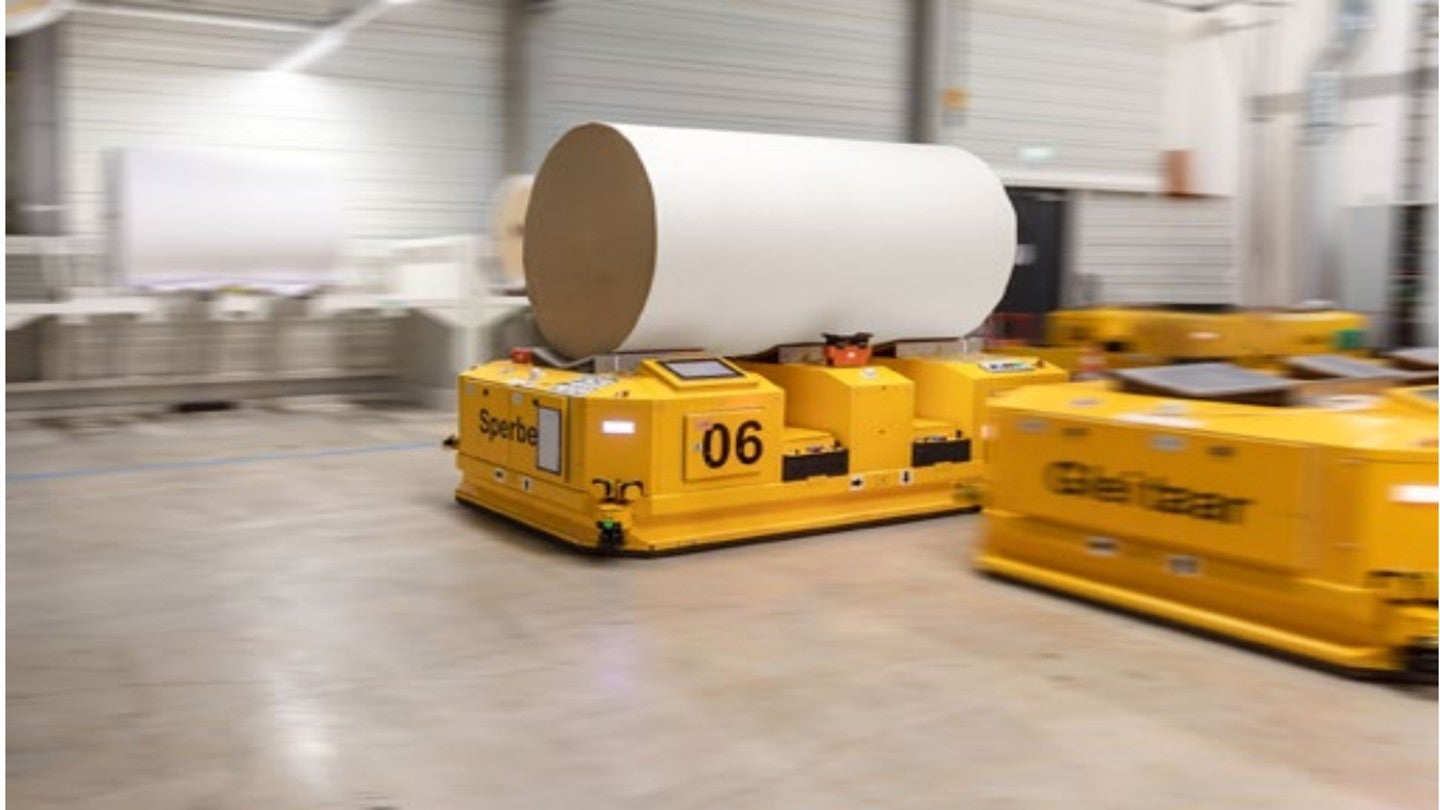
German self-adhesive technology specialist HERMA has announced the launch of a new versatile self-adhesive material for its labels, named 71N.
This adhesive has been developed in close collaboration with chemical company BASF.
HERMA said its new adhesive is capable of temporarily binding even more carbon dioxide (CO₂) than is emitted for its production.
The emission balance of this material has already been calculated by the climate protection organisation myclimate by considering the cradle-to-gate approach and the final disposal phase.
HERMA CSO Marcus Gablowski said: “The cradle-to-gate alone approach does not take into account the utilisation and disposal phases as we have no control over them.
“Regardless of how the label is structured, the bound CO₂ is released again when it is incinerated at the end of its life cycle. But if it is recycled, for example, bound CO₂ remains in the material cycle for longer.”

US Tariffs are shifting - will you react or anticipate?
Don’t let policy changes catch you off guard. Stay proactive with real-time data and expert analysis.
By GlobalDataThe calculation method was also critically reviewed by independent life cycle assessment specialist Carbotech.
As per the biomass-balance approach, the raw materials required for manufacturing 71N are partly based on biomass, which is obtained from organic waste instead of fossil-based raw materials.
Compared to conventional self-adhesive materials, the company said it was able to achieve a 20% CO₂ reduction with its new products by using a variety of labels and backing materials with a low carbon footprint.
The label and its backing material consist of HERMAcoat light (grade 238) label material and Brown supercalendered glassine paper with the designation HERMA PH (grade 500) as the backing material.
HERMA’s head of development for the Self-Adhesive Materials Division Stefan Kissling said: “The main premise for us in the development of adhesive was of course to retain the quality properties. We have established and proven this in many series of tests.
“The new adhesive 71N has excellent adhesive properties and can be easily processed.”
HERMA will be presenting this adhesive at the Labelexpo exhibition, to be held between 11 and 14 September this year.



